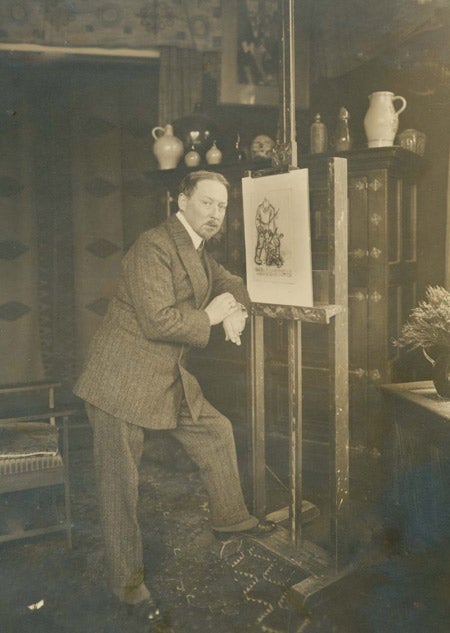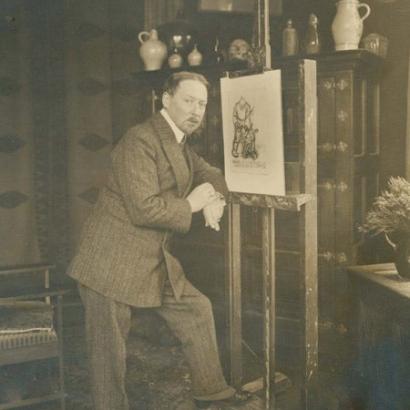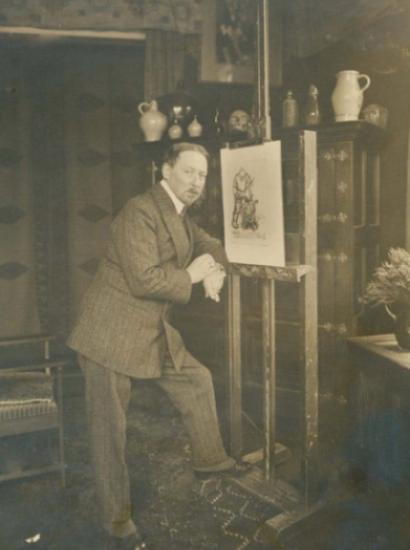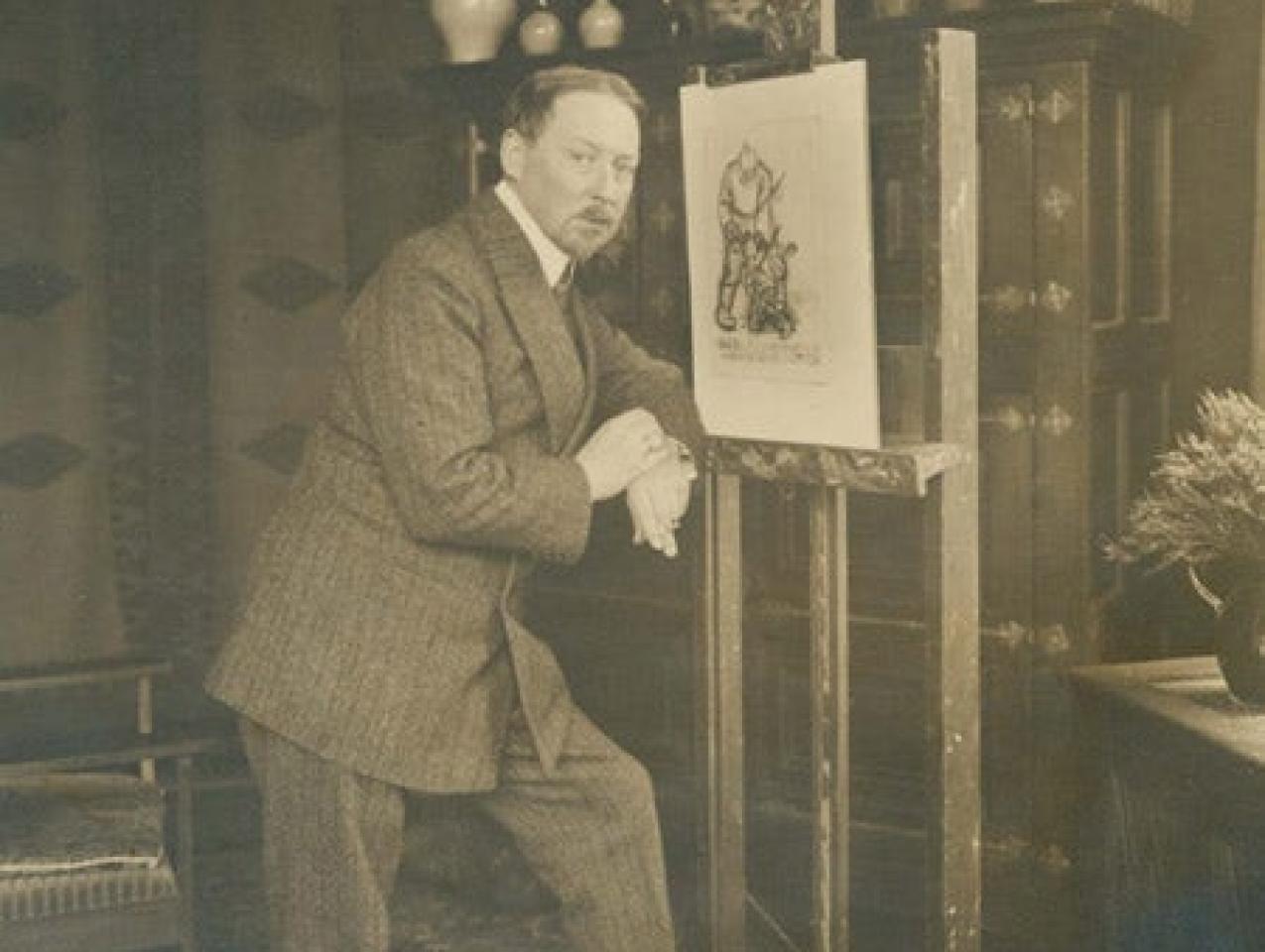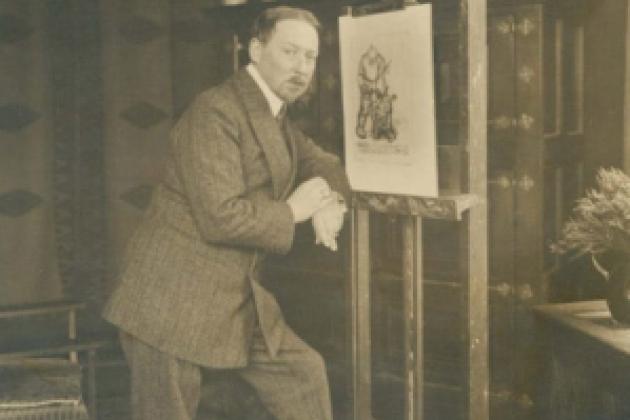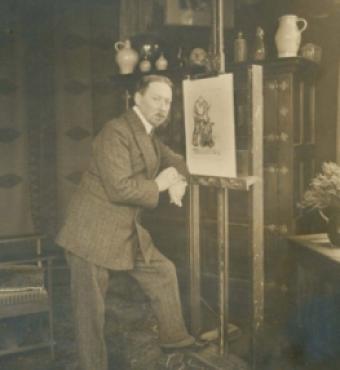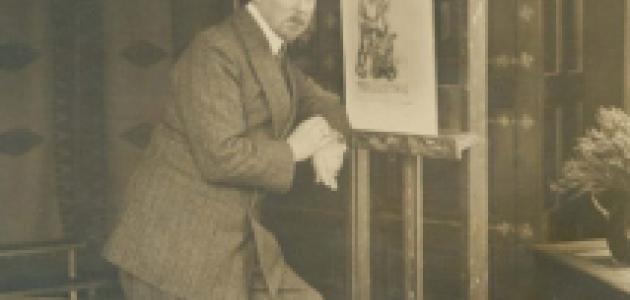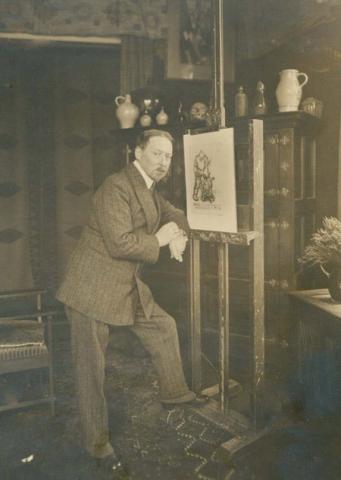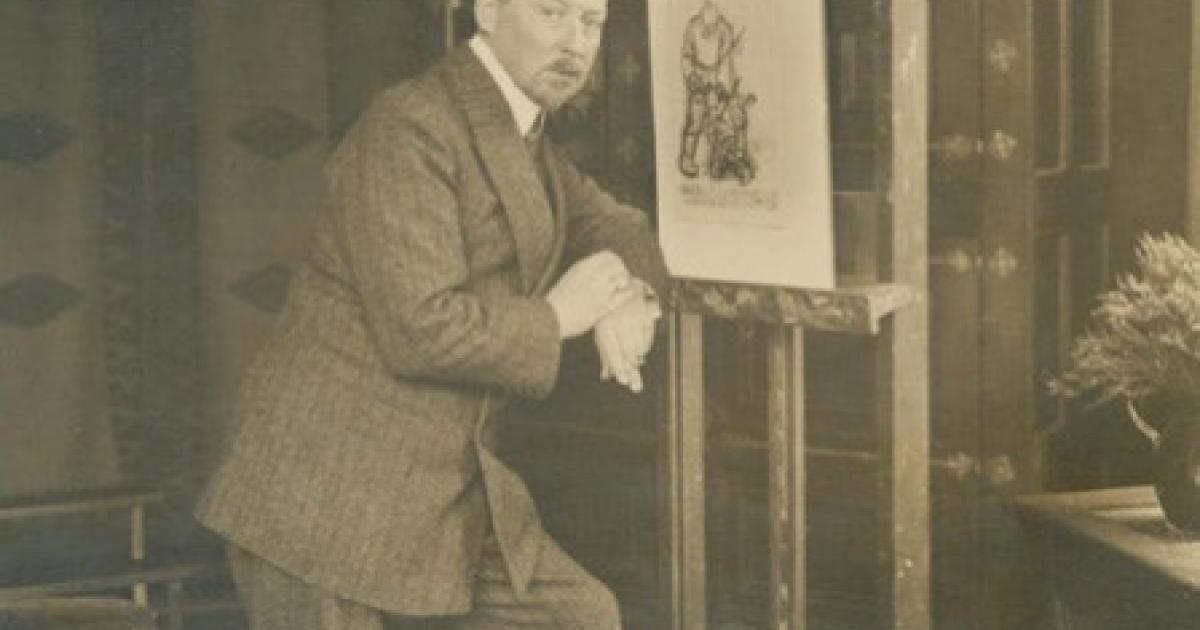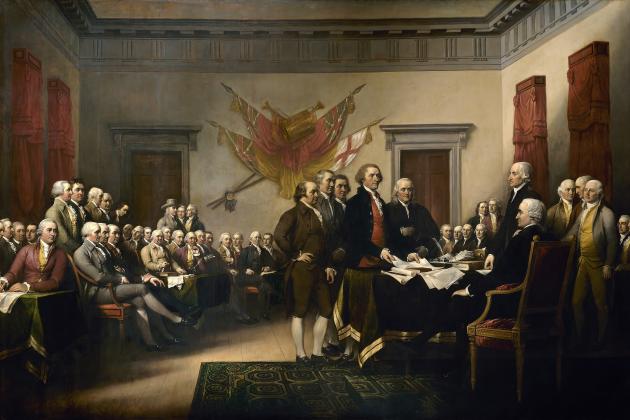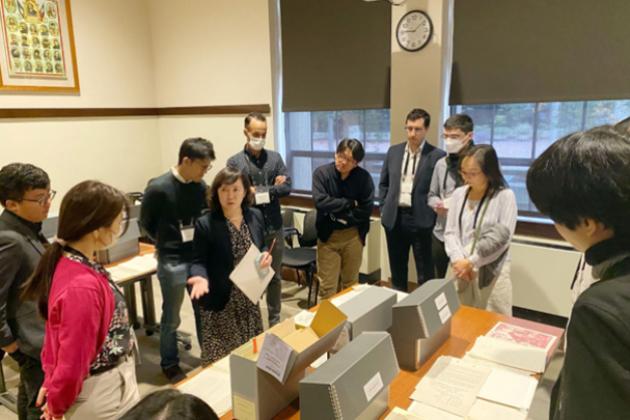Dutch artist Louis Raemaekers (1869–1956) has been called the Great Cartoonist of the Great War. His searing indictment of German wartime atrocities earned him immense fame and political influence on both sides of the Atlantic. From 1914 to 1918, Raemaekers published more than a thousand cartoons, reproduced in hundreds of newspapers. After the armistice, Raemaekers used his art to champion the League of Nations and, later, to sound the alarm against German and Italian fascism. Hoover Archives is pleased to exhibit more than one hundred of Raemaekers’s original works spanning his remarkable career.
The cartoons of Louis Raemaekers constitute the most powerful of the honorable contributions made by neutrals to the cause of civilization in the World War.
—Theodore Roosevelt, April 16, 1917
Louis Raemaekers (1869–1956)—often called the Great Cartoonist of the Great War—was remembered in his obituary in the New York Times as “the one private individual who exercised a real and great influence on the course of the 1914–18 War.”
Born in Roermond, in the Netherlands, Raemaekers was initially more of a pastoral artist than a cartoonist. The onset of World War I in August 1914, however, changed his career. Unconvinced by reports of German atrocities in invaded—and neutral—Belgium, Raemaekers crossed the border and returned home outraged. His scathing anti-German political cartoons gained rapid fame at home and abroad. Raemaekers’s often provocative work resulted in his government’s threatening to place him on trial for jeopardizing Dutch neutrality (the charges were dropped) and Germany’s Kaiser Wilhelm II (oft the subject of Raemaekers’s barbed caricatures) putting a bounty on his head.
Despite the controversies, in December 1915, Raemaekers signed a long-term contract with a foreign newspaper. His art soon began to be exhibited in Holland, England, and France, as well as being published in volumes and reproduced on postcards, matchbooks, and posters for war relief organizations.
In the early years of WWI, Raemaekers, critical of the United States’ neutrality, in a number of drawings clearly asked for U.S. intervention. In July 1917, the British authorities arranged for him to tour the United States where, at lectures and social events, he championed the war cause. During his visit, the artist signed a contract with the Hearst Press; by October 1917 more than two thousand newspapers on both sides of the Atlantic were printing his drawings on a regular basis.
After 1918, Raemaekers’s health deteriorated, and though he continued working, taking a strong stance in the 1930s against Italian fascism and Nazi Germany, his drawings did not carry his usual bite. He retired in 1941 and eventually returned to his homeland, where he spent his final years.
Raemaekers’s direct opinions and hatred for German militarism drove much of his early work. In his art, he used symbols and allegories, combined with an intense emotional atmosphere, to make his ideas accessible to a wide audience. Raemaekers brought the faces, events, and tragedy of war to the public and in doing so influenced people around the world.



